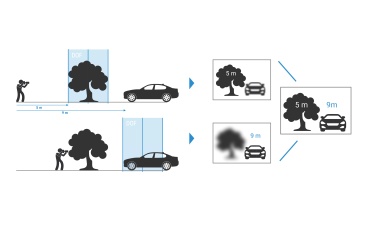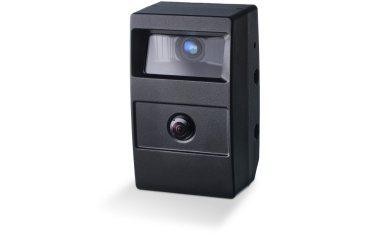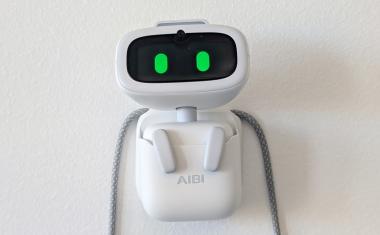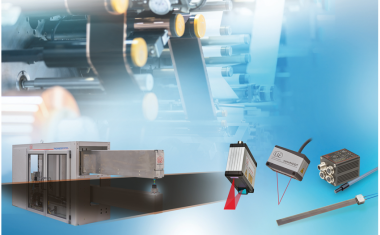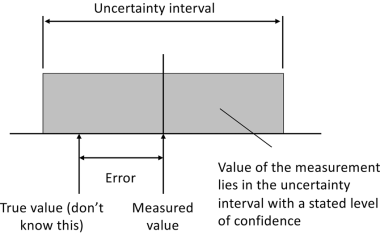Safety At Any Price
On 4 November 2010, one of Qantas Airbus A380s, heading for Sydney, Australia, suffered engine failure over Batam Island shortly after take-off from Changi Airport in Singapore. In spite of the exploded and still burning engine, captain Richard Champion de Crespigny was able to land the plane safely back in Singapore, with 440 passengers and 29 crew members still shaken and scared, but all safe and sound.
Inspection revealed that the aircraft's no.2 engine, a Rolls-Royce Trent 900, had a missing turbine disc. According to the "Qantas Flight 32" article found on Wikipedia on 1 August 2012, the aircraft had also suffered damage to the nacelle, wing, fuel system, flight controls and controls for engine no.1 as a result of the explosion and fire.
Later in 2011, Qantas took on what probably is the most complicated and expensive aircraft repair project in aviation history. As part of the US$145 million repair process, Creaform's 3D Engineering Services team was mandated by the wing manufacturer, Airbus U.K. to participate in a trial project and run a benchmark to evaluate the utility and viability of 3D scanning in assessing the wing's deviation before, during and after repair. Plus, Airbus was interested in finding out if the level of measurement accuracy delivered by Creaform's portable 3D measurement technologies would meet their high standards of quality, making the resulting 3D data scan files suitable for use in the design and manufacturing of repair parts.
Airbus project leader and design engineer Timothy Davies's mission was to look at the practical implications of laser scanning as an initial inspection method for aircraft structure (i.e. damage location / extent), and answer these questions:
- Is the scanning process suitable for the aircraft maintenance environment?
- How much time does it take to complete scans of damages to wing structure with varying size and complexity on both internal and external surface, and return useable, high quality digital data to the OEM for repair purposes?
- Can laser scanning provide an accurate digital representation of the damaged areas in the form of workable 3D CAD surfaces?
- How accurate is the laser scanning process when compared to current damage assessment techniques and inspection processes?
- Are there any clear benefits to the potential introduction of laser scanning to our process?
During the initial damage assessment phase in Singapore, three specific areas of interest were chosen to test the scanning equipment's accuracy and usability. Two of the regions were on the bottom skin and one region was on the top skin. Any deviation from the designed aero shape of the aircraft's wing can have a significant impact on the aircraft's performance and ultimately, its fuel efficiency. It was imperative that Airbus had an accurate measurement of the wing shape in its zero stress, 'jacked' position.
The top skin penetration was chosen to compare with the digital mock-up (DMU). The acquired 3D data was an almost perfect fit, but it did show up some deformation to the top skin around the penetration which wasn't visible to the naked eye.
Ultimately, Airbus was satisfied with the results of the benchmark and enlisted Creaform's applications engineers to perform further real 3D data acquisition of the top skin penetration area in order to create a repair patch that would perfectly match the contours of the wing surface. They were also tasked with a wing alignment check before and after the major component repair phase.
The full process
Given the fact that the aircraft represented an extremely large volume to scan, and in order to ensure the highest data accuracy possible, Creaform's 3D Engineering Services application engineers decided on a 3-step data acquisition process involving laser tracking, photogrammetry and 3D scanning.
Step 1 - Laser Tracking: First they used an API Tracker3 laser tracker to geo-localize 6 "SMR Nest" reference points to create a base reference that was used to compare the scanned data in different steps of the repair process. The 6 SMR nests stayed on the wing the entire time and were measured before, during and after repair to increase the volumetric accuracy and compare the error accumulation in the scan files obtained in a second phase with Creaform's MAXscan 3D scanner. The measurements generated with the laser tracker were also used to create the best fit to the Airbus digital mock-up (DMU).
Step 2 - Photogrammetry: In general, the Handyscan 3D scanners technology alone provides sufficient accuracy for most applications, but enhancing it with photogrammetry makes it possible to scan large objects and maintain the level of data accuracy. Simply put, photogrammetry is used to extract 3D geometric measurement from photographic 2D images in order to increase the accuracy and avoid error accumulation. Using photogrammetric devices is highly effective to ensure high quality data in situations where there are portable arms - and multiple setups - involved, or when multiple scans are merged together (which is common with area-based scanners like white-light scanners).
Creaform's applications engineers placed Handyscan 3D highly reflective targets, coded targets and scale bars all around the area to scan, and used a MAXscan 3D scanner, the company's 3D scanner model fitted with photogrammetry features, to acquire data through photogrammetry and 3D scanning. This was used to calculate 3D coordinates of points by measurements made from 2D images acquired from different points of view.
Step 3 - 3D Laser scanning: The final step performed on-site was to 3D scan the damaged areas and generate 3D raw data using a Handyscan 3D scanner. Upper skin penetration damage, the fuel tank interior and the front spar (with leading edge structure removed) were scanned for future assessment.
Step 4 - Post processing: The acquired 3D data underwent post-processing using Geomagic. Raw scanned models were cleaned and aligned with laser tracked points and 'best-fitted' to the Airbus DMU. Following that process, comparison and colormap reports of the damaged areas were created. These were used as a supplement to the damage assessment reports.
Encadré:
3D Scanning Process in a Nutshell
Process: just under 9 hours
Prep and calibration: 45 minutes
Photogrammetry and laser scanning (with MAXscan 3D scanner): 2 hours
Post-processing: 6 hours
Project Objectives: Conclusions of Airbus
Airbus concluded that the scanning process would be suitable in the aircraft maintenance environment. The unit performed both outside and inside the wing tank in high humidity. It was very portable, easy to set up and use.
The top skin scan took 2 hours to complete, including all of the surface preparation and photogrammetry, while post-processing by Creaform required about 3 days of work. The 3D scans were compared to DMU surface models and gave favourable results following alignment corrections. Laser scanning has shown numerous benefits as a means of damage assessment. If used in service it can provide an accurate 'first hit' for assessing multiple or single site damage in terms of its location and extent.
Overall, Tim Davies and team consider Creaform's Handyscan 3D portable 3D scanning technology to be a very promising technology, even more so now that there is a partnership with EADS. The Handyscan 3D has been described by Davies as very accurate and having a quick process. Comparison with the DMU turned out to be very accurate and useful and yielded good results. According to him, the technology is suitable in the aircraft maintenance environment. Last but not least, Qantas is said to be very interested in this technology.
Creaform's 3D Engineering Services
Creaform has been working with major manufacturers like Airbus, Bombardier and Pratt & Whitney and has developed, via its 3D Engineering Services, a wide expertise in the execution of large scale MROs and other damage assessment projects using its own technologies and other major and widely-used metrology devices.







